East India's Famous Archaeological Sites
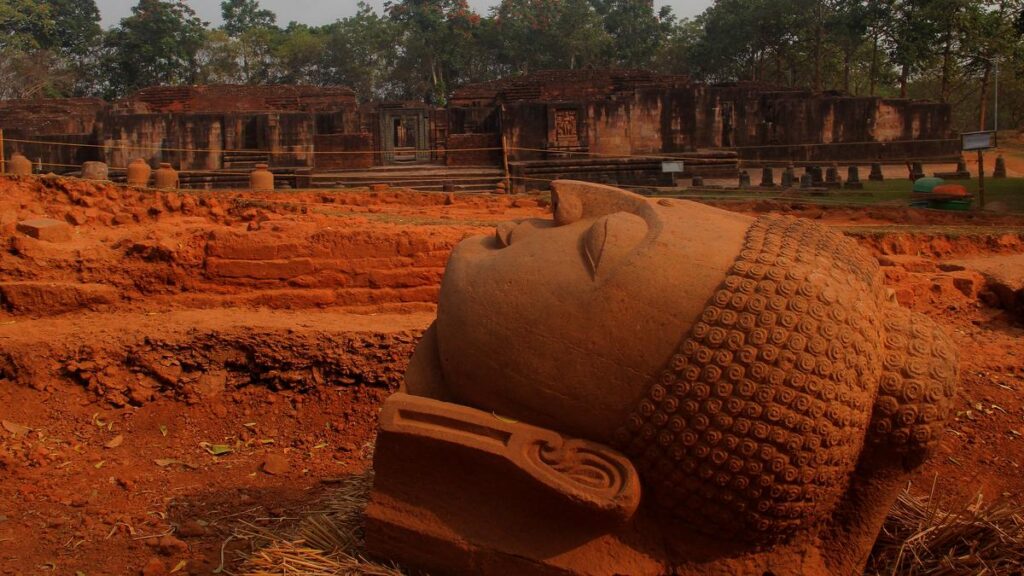

The East India’s Famous Archaeological Sites are dotted with remarkable archaeological sites that reveal the deep and diverse heritage of the area. These sites include ancient urban settlements, fortified complexes, and monastic or religious structures, often built from brick and stone with intricate craftsmanship.

Nalanda Mahavihara
Era: Built around 427 CE
Location: Nalanda dist., Bihar
A large monastic-university complex: stupas, shrines, viharas (residential/teaching buildings), and libraries in brick and stone. The layout features a north–south axis, with lecture halls and monasteries. It is arguably the world’s first residential university of its kind, a place where scholars from many countries studied. The ruins give a sense of how education, religion and architecture came together in ancient India
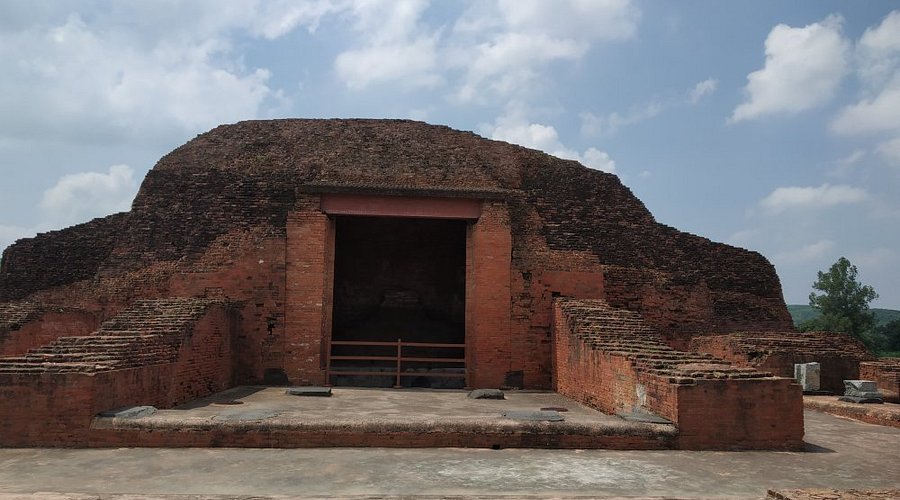
Vikramashila
Era: Built in the 8th-9th century CE
Location: Bhagalpur dist., Bihar
Large Buddhist mahavihara (monastic university) featuring a central cruciform brick stupa, terraces, residences, teaching halls, all built in brick with mud mortar. It was one of the major centres of Buddhist learning in medieval India. Visiting the brick stupa and monastic ruins gives an insight into how knowledge and religion were housed in architecture. A bit off the beaten path, which adds to the atmosphere.
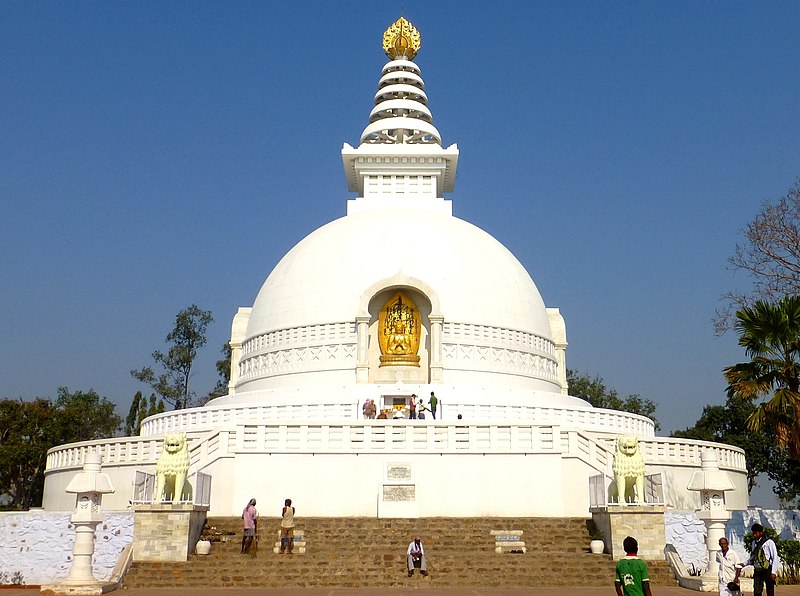
Rajgir
Era: Built in the 6th Century BCE
Location: Nalanda dist., Bihar
Hill-fort remains, ancient monasteries, caves, shrines, and various ruins in the valley and ridges of the Rajgir hills. Natural topography was used for defense and monastic retreat. Rajgir combines stunning natural scenery with deep antiquity: walking the hills gives a palpable sense of ancient Magadha, Buddha’s time, Jain heritage, and early Indian polity. Ideal for both nature and history lovers.

Lalitgiri
Era: Built in the 2nd-3rd century CE
Location: Jaipur dist., Odisha
A Buddhist complex comprising monasteries (viharas), a large stupa (Mahastupa), votive stupas, and relic-caskets found in excavations. Brick construction, terracotta and stone artefacts. Part of Odisha’s “Diamond Triangle” of Buddhist heritage (with Ratnagiri & Udayagiri). Here you’ll see early Buddhist monastic layout in an appealing rural-hill setting, plus the relic casket find – very evocative.
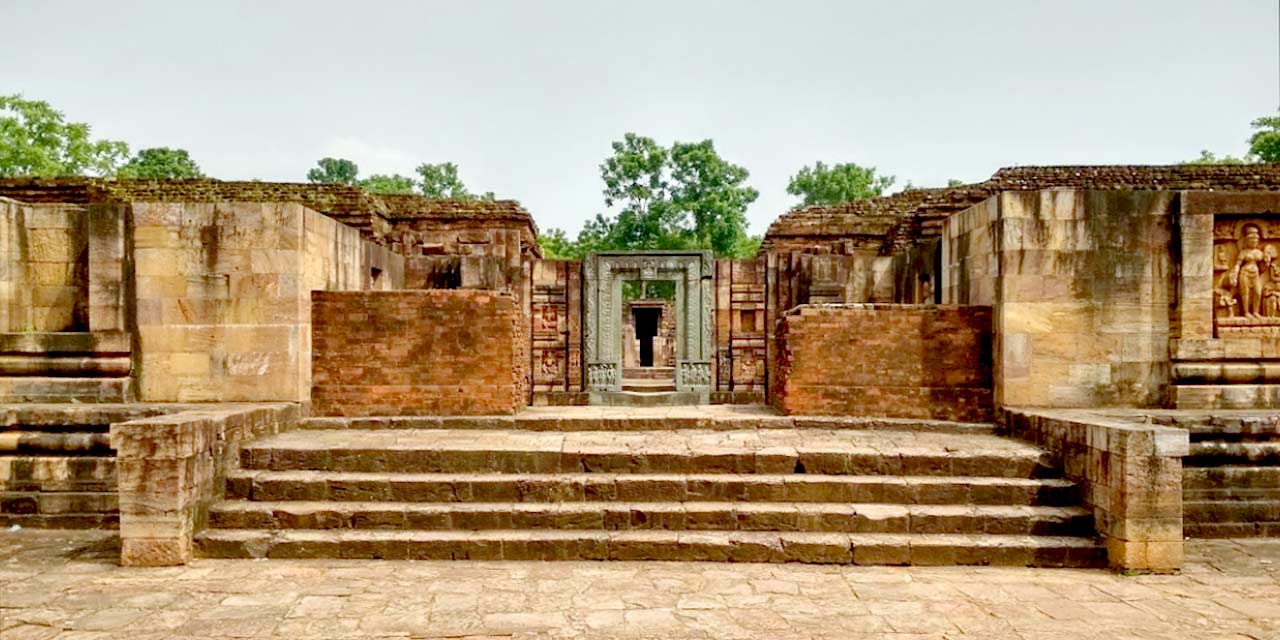
Ratnagiri
Era: Built between 7th-8th Century CE
Location: Jaipur dist., Odisha
The complex sits on a hill between two rivers, includes a large mahastupa, monasteries, hundreds of carved votive stupas, brick and stone architecture, and fine sculpture of Buddhist deities. The sheer number of votive stupas, the high-quality sculpture and the setting (hilltop between rivers) make this a rich and atmospheric site. A major Buddhist heritage site is less crowded than some famous ones.

Udayagiri
Era: Built in the 7th-12th century CE
Location: Jaipur dist., Odisha
Large monastic complex with stupas, monasteries, relief sculptures, inscriptions, and various structures built of brick and stone. The largest of the three in the Odisha Buddhist triangle offers a sense of totality: scholastic, monastic, and artistic activity in one place. Given its scale and relatively fewer visitors, it offers a contemplative experience.
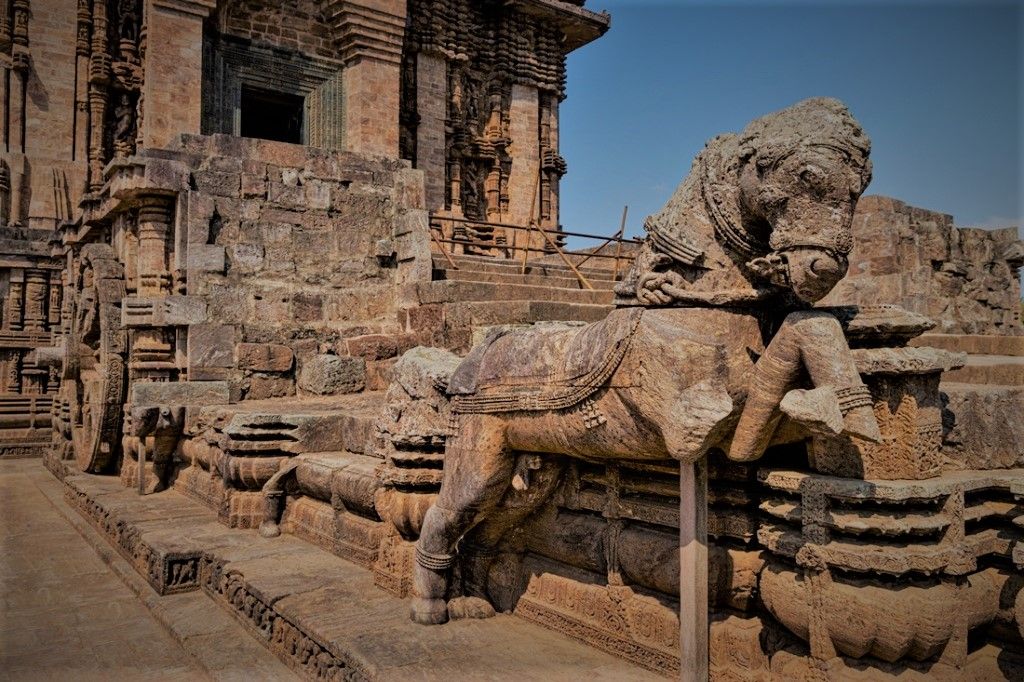
Konark Sun Temple
Era: Built in the 13th century
Location: Konark, Odisha
Designed as a gigantic stone chariot of the sun-god Surya, with twelve pairs of stone wheels, seven horses, huge temple complex. One of India’s iconic temples and a UNESCO World Heritage Site. The scale, the intricate carvings (including erotic themes), the coast-setting and the architectural imagination all combine to make it a must-see. It has Kalinga/Orissan style of architecture.

Udayagiri and Khandagiri Caves
Era: Built in the 1st century BCE
Location: Near Bhubaneswar, Odisha
Rock-cut shelters, partly natural and partly carved out, for Jain ascetics and later Buddhist use; cells, verandahs, carved inscriptions, and art. Combines natural hills, spiritual retreat, rock-cut architecture, and inscriptions, a fascinating mix. Close to Bhubaneswar, easy to access, and adds variety to temple-ruin visits.
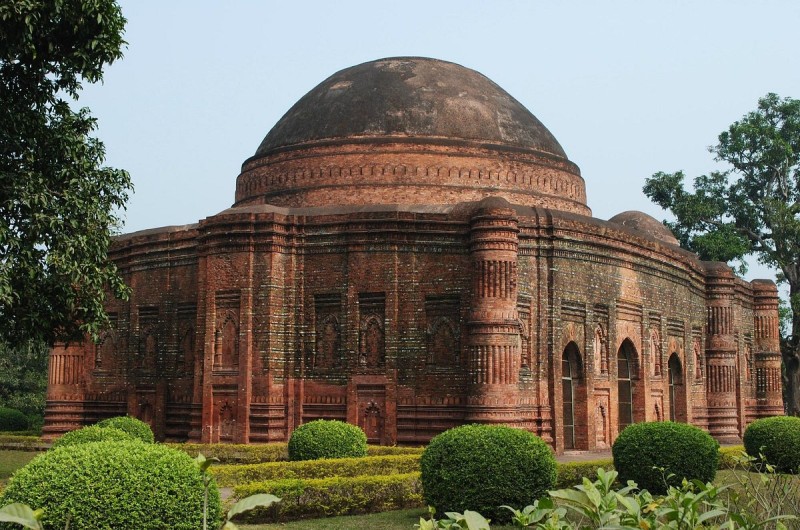
Gaur
Era: Built between the 13th and 16th centuries CE
Location: Malda, West District
Ruins of palaces, mosques, gateways, city walls, reservoirs, built of brick and stone in Indo-Islamic style. A major historic city centre of Bengal’s Muslim and preceding Hindu rule, combining architecture, ruins, and riverine setting. Offers a different flavour compared to Buddhist monastic sites.

Bishnupur terracotta temple
Era: Built in the 17th-18th century CE
Location: Bankura dist. West Bengal
Red-brick temples with elaborate terracotta panels depicting mythological and everyday scenes; regional Bengal style of architecture. While somewhat later in era than many purely “archaeological” sites, its artistic terracotta work is outstanding and unique to this region. Adds variety in a minor kings-era site rather than major empire monastic site.
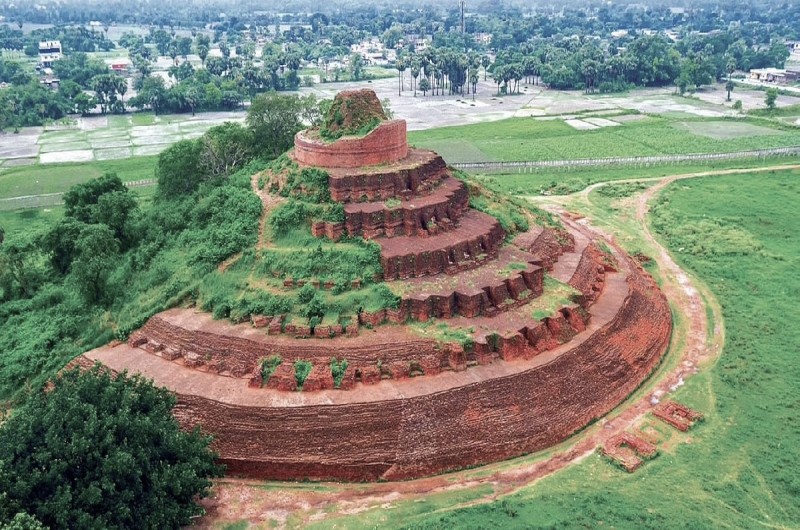
Kesariya Stupa
Era: Built in the 3rd Century BCE
Location: East Champaran, Bihar
Believed to have been built in the Mauryan to Gupta periods. Massive brick stupa (one of the largest in the world) built of brick and rubble core; terraces; Buddhist relic tradition. A less-visited but huge and imposing Buddhist monument; for someone exploring Buddhist heritage in Bihar, this is a gem beyond Nalanda and Rajgir.
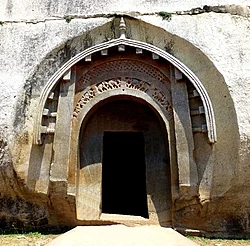
Barabar Caves
Era: Built in the 3rd century BCE
Location: Jehanabad, Bihar
Rock-cut caves in granite, with polished walls unique inscriptions, early Buddhist and Jain usage. These are among India’s earliest rock-cut caves – stepping into them feels like entering very ancient India. A must-see for serious archaeology/architecture interest.

Hirapur Buddhist Site
Era: Built between 2nd-5th Century CE
Location: Cuttack, Odisha
Remains of Buddhist monastery, structural foundations, terracotta artefacts, possibly a stupa complex, hinting at early Buddhism in Odisha. For those wanting off-the-beaten-path heritage, Hirapur offers an early Buddhist archaeology site less visited, giving a quiet deep dive into Odisha’s Buddhist past
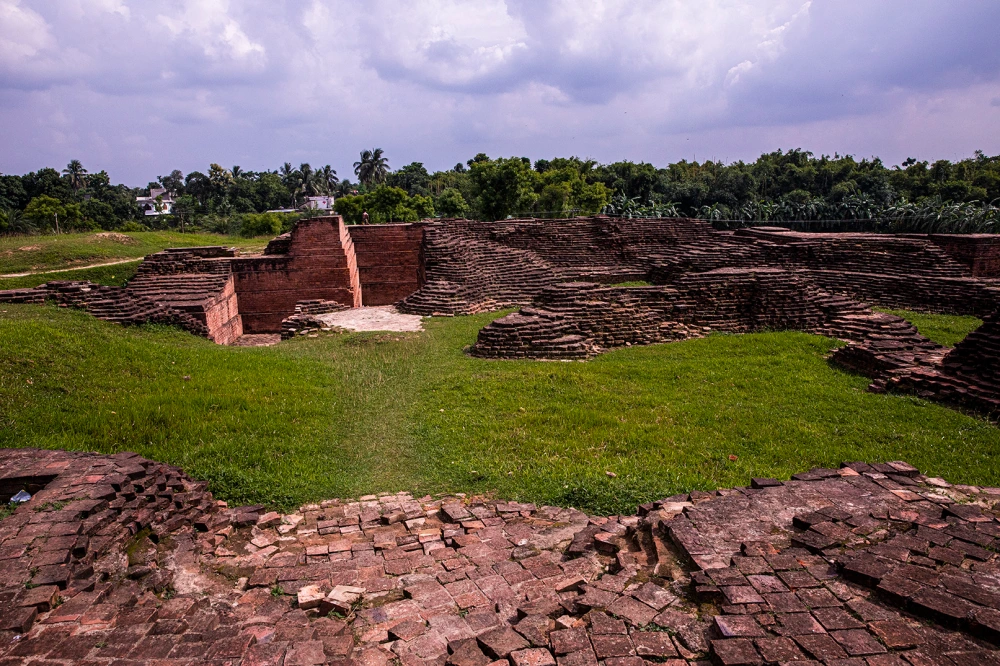
Ballal Dhipi
Era: Built in the 10th-12th century CE
Location: Bamanpukur West Bengal
The site features large terracotta-brick structures with solid terracotta brickwork, lime-and-sand flooring. The complex includes shrines, enclosures, and traces of a large structural complex. Ballal Dhipi is a fascinating blend of Buddhist/monastic possibilities and regal or urban implications that ambiguity makes it intellectually intriguing. It’s less widely visited, giving you a more quiet, contemplative heritage-experience.

Andhra Pradesh Blogs
- Andhra Pradesh Cultural guide
- Places to visit in Andhra Pradesh
- Places to visit in Andhra Pradesh
- India’s most popular destination
- India’s archaeological marvels
